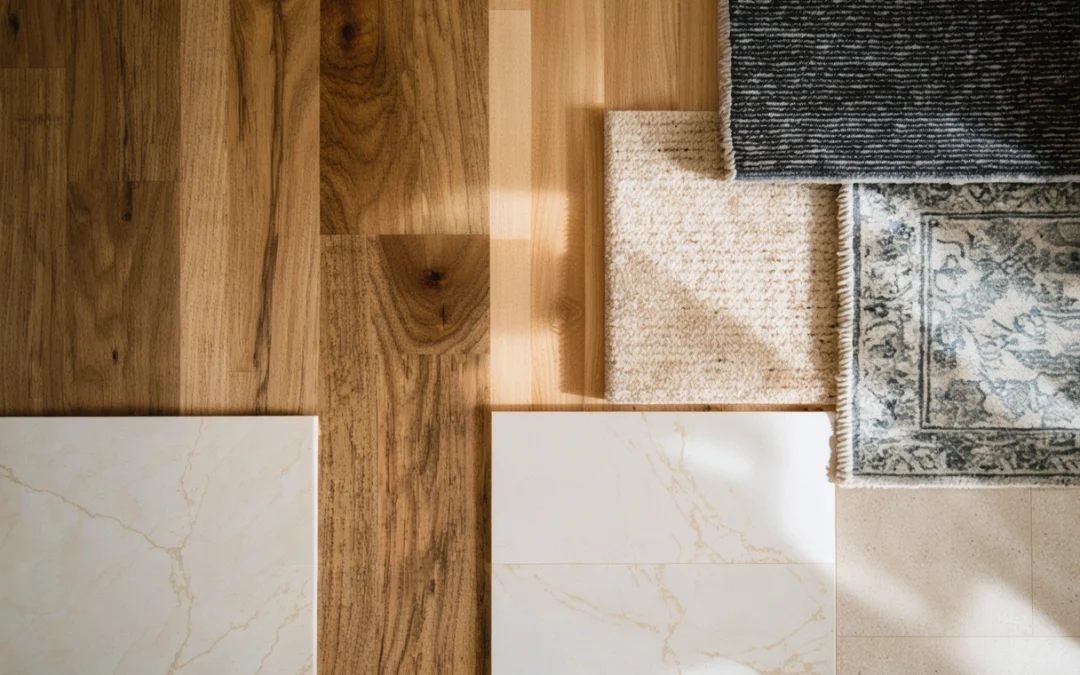Understanding the Lifespan of Different Types of Flooring: What Property Owners Should Know
Flooring serves as the foundation of any property’s aesthetic and functional appeal. Whether you own a residential home, a commercial space, or a rental property, understanding the expected lifespan of various flooring types is crucial for effective maintenance planning and budgeting. With the plethora of flooring options available today, each with distinct characteristics, durability, and care requirements, making informed decisions can be challenging. This comprehensive guide explores the longevity of popular flooring materials, factors influencing their lifespan, maintenance tips, and signs that your floors may need replacement.
In this article, we’ll delve deep into the world of flooring, breaking down the characteristics of hardwood, laminate, vinyl, tile, carpet, and more. We’ll also provide actionable advice for extending the life of your floors and highlight what every property owner should consider when choosing or replacing flooring. Whether you’re a seasoned property manager or a new homeowner, this detailed exploration will help you safeguard your investment and maintain a beautiful, functional space for years to come.
The Importance of Flooring Longevity
The lifespan of your flooring directly affects your property’s value, comfort, and maintenance costs. Durable floors can withstand daily wear and tear, saving you from frequent repairs or early replacement. On the other hand, flooring that wears out prematurely can lead to unexpected expenses, disruptions, and even safety hazards. Hence, knowing how long different flooring types are likely to last, and what influences their durability, is vital for every property owner.
Besides cost and convenience, the longevity of your flooring also impacts indoor air quality, aesthetics, and the overall living experience. Old, deteriorating floors may harbor allergens or contribute to an outdated appearance. Understanding lifespan expectations enables smarter choices, ensuring your floors remain both attractive and functional over time.
Hardwood Flooring: Classic Beauty with Exceptional Durability
Hardwood flooring is renowned for its timeless elegance, natural warmth, and impressive longevity. It’s a favorite among homeowners and property investors seeking both style and substance. Depending on the species, finish, and maintenance routine, hardwood floors can last anywhere from 30 to 100 years. In fact, many historic homes still feature original hardwood floors that have aged gracefully with proper care.
The lifespan of hardwood depends on several factors. Solid hardwood can be sanded and refinished multiple times, effectively renewing its surface and extending its usable life. Engineered hardwood, while more stable in humid conditions, often allows for fewer refinishing cycles. The type of wood also matters; for instance, oak, maple, and hickory are among the most durable species.
Factors Affecting Hardwood Floor Longevity
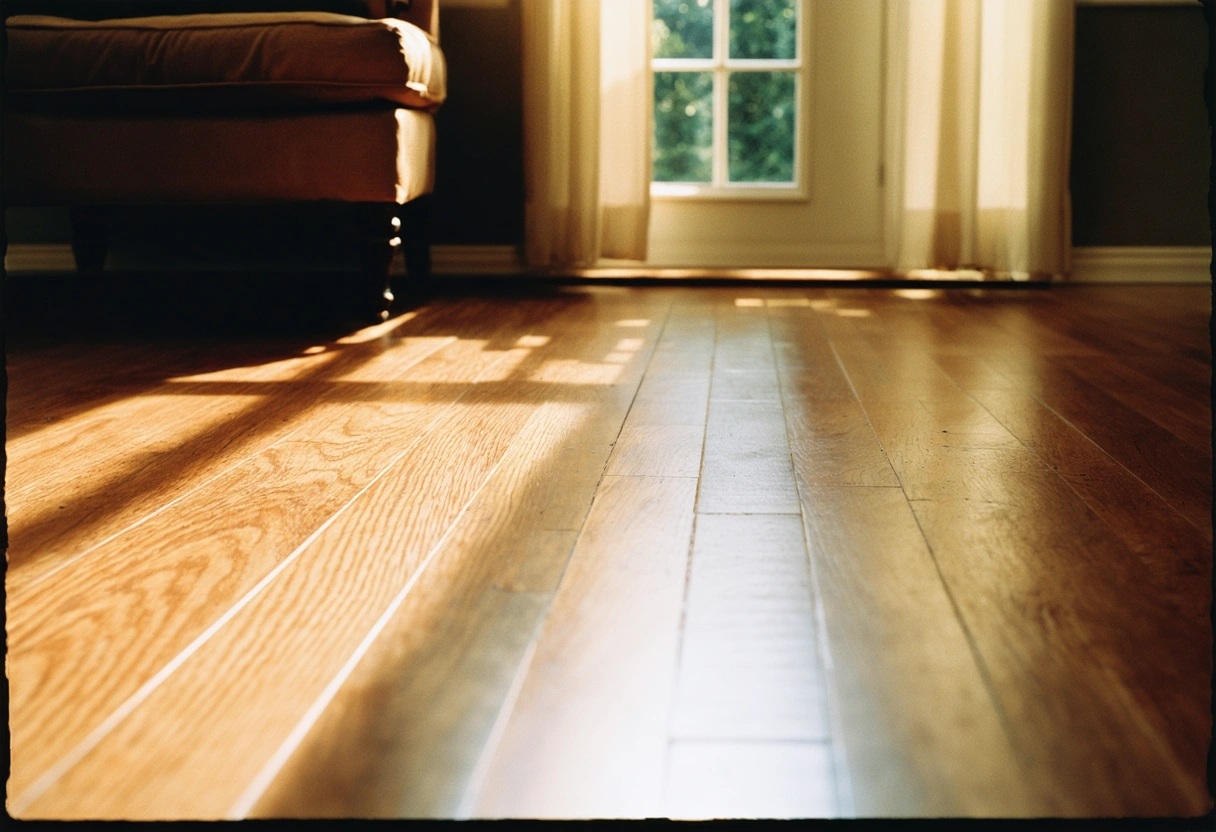
- Quality of Installation: Professional installation ensures the planks are properly acclimated, fitted, and secured, reducing the risk of warping or gaps.
- Finish and Maintenance: High-quality finishes protect against scratches and moisture. Regular cleaning, prompt spill cleanup, and periodic refinishing are essential for longevity.
- Environmental Conditions: Excessive humidity or dryness can cause wood to expand or contract, leading to damage over time. Maintaining stable indoor humidity is key.
For more on hardwood care, consult this comprehensive guide to hardwood floor maintenance.
Laminate Flooring: Affordable and Stylish, but Less Enduring
Laminate flooring has surged in popularity due to its affordability, ease of installation, and ability to mimic the look of hardwood or stone. Constructed from multiple synthetic layers fused together, laminate is designed for resilience but has a shorter lifespan than genuine wood. Typically, laminate flooring lasts between 10 and 30 years, depending on its quality and the level of foot traffic.
The top wear layer of laminate provides protection against stains and scratches, but deep gouges or water damage can compromise the entire panel. Unlike hardwood, laminate cannot be refinished; once the wear layer is breached, replacement is the only option.
Maximizing Laminate Floor Lifespan
- Use Rugs and Mats: Place mats at entryways and rugs in high-traffic areas to minimize abrasion from dirt and grit.
- Prevent Water Damage: Laminate is susceptible to swelling and warping if water seeps into seams. Clean up spills promptly and avoid wet mopping.
- Opt for Quality: Higher-end laminates feature thicker wear layers and improved locking systems, offering better durability.
For more detailed advice on caring for laminate floors, read this expert guide to laminate floor care.
Vinyl Flooring: Versatile and Resilient
Vinyl flooring, including luxury vinyl tile (LVT) and luxury vinyl plank (LVP), is celebrated for its versatility, water resistance, and ease of maintenance. Modern vinyl products can convincingly replicate the appearance of wood, stone, or ceramic, making them a top choice for kitchens, bathrooms, and basements. The typical lifespan of vinyl flooring is 15 to 25 years, though high-quality products in low-traffic areas may last even longer.
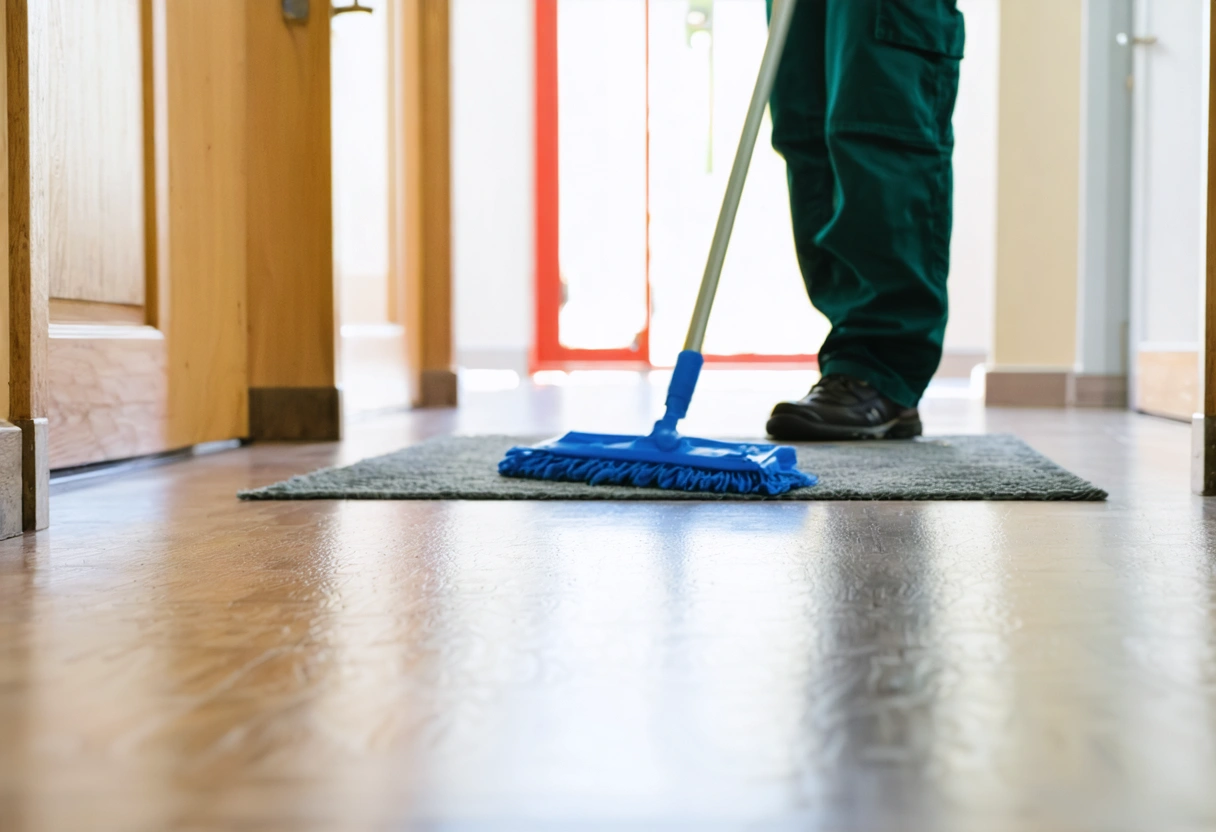
Vinyl’s resilience stems from its multi-layered construction, with a wear layer protecting the printed design and core. However, sharp objects, direct sunlight, and harsh chemicals can shorten its life. While some types are peel-and-stick, click-lock, or glue-down, the installation method can impact durability and ease of replacement.
Tips for Prolonging Vinyl Floor Life
- Clean Gently: Sweep or vacuum regularly to remove grit, and use a damp (not wet) mop with manufacturer-approved cleaners.
- Protect from Sunlight: Prolonged UV exposure can fade vinyl. Use blinds or curtains to shield floors in sunny rooms.
- Avoid Heavy Loads: Use furniture pads and avoid dragging heavy objects across the surface to prevent dents and tears.
For in-depth information on vinyl flooring durability, check out this detailed analysis of vinyl floor performance.
Tile Flooring: Unmatched Longevity and Style Options
Tile flooring, encompassing ceramic, porcelain, and natural stone, is prized for its durability, water resistance, and diverse design possibilities. When properly installed and maintained, tile floors can last 50 years or more, with some historic installations enduring for centuries. Porcelain tiles are denser and less porous than ceramic, making them especially suitable for high-moisture areas like bathrooms and kitchens.
The longevity of tile flooring hinges on the type of tile, quality of installation, and care of grout lines. While tiles themselves are extremely hard-wearing, damaged or poorly maintained grout can allow moisture infiltration, leading to subfloor problems. Natural stone tiles, such as marble or slate, require periodic sealing to prevent staining and etching.
Extending the Life of Tile Floors
- Regular Grout Maintenance: Clean grout lines with a mild cleaner and reseal as needed to prevent water intrusion and staining.
- Replace Damaged Tiles: Promptly address cracks or chips to prevent further damage or safety hazards.
- Avoid Abrasive Cleaners: Use pH-neutral cleaners designed for your specific tile type to preserve its finish.
To learn more about maintaining tile floors, refer to this comprehensive tile floor cleaning guide.
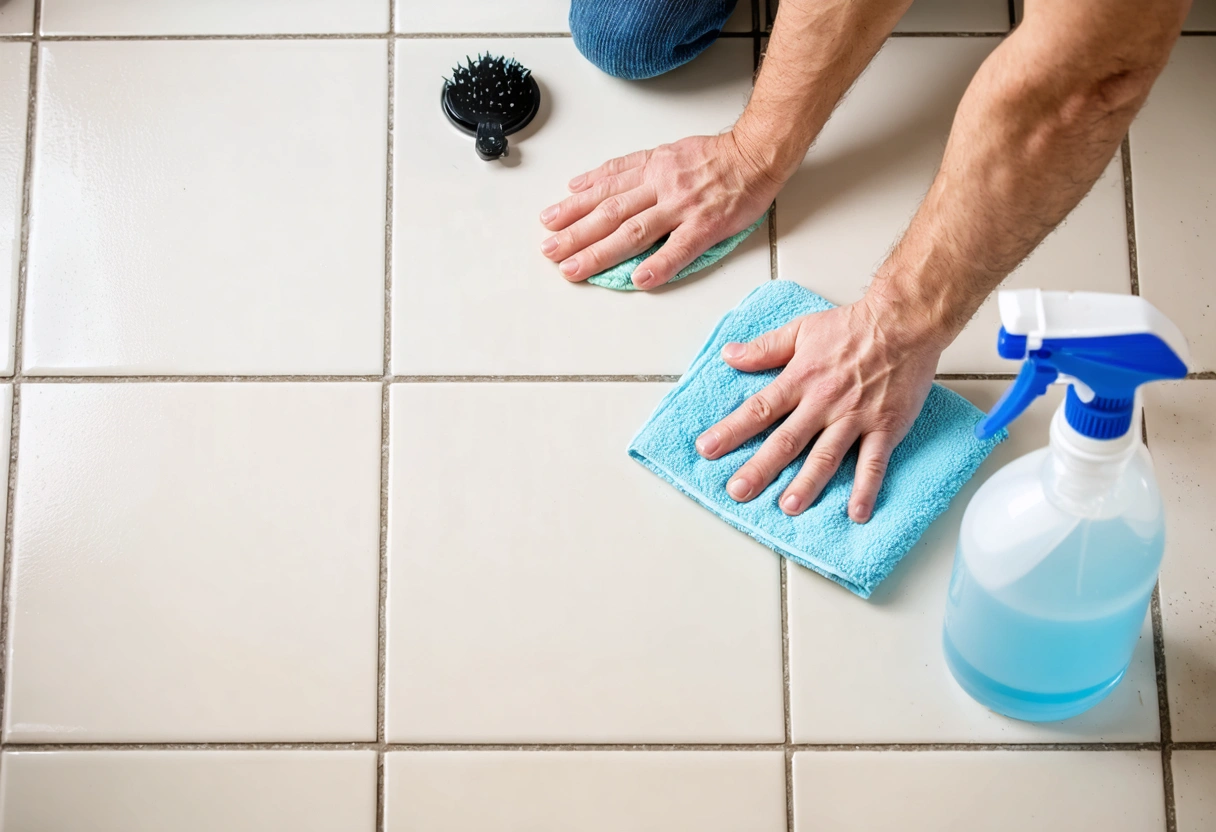
Carpet Flooring: Comfort and Warmth with Variable Lifespans
Carpet flooring offers a soft, comfortable surface and a range of colors and textures to suit any décor. However, its lifespan is generally shorter than hard-surface options, with most carpets lasting 5 to 15 years. High-quality carpets made from durable fibers such as nylon or wool may surpass this range, especially in low-traffic areas.
Carpet longevity depends on several factors including the type of fiber, pile height, underlay quality, and maintenance routine. Areas with heavy foot traffic, frequent spills, or pet activity will see carpets wear out more quickly. Regular vacuuming, prompt stain treatment, and periodic professional cleaning are vital for extending carpet life.
Best Practices for Carpet Care
- Vacuum Frequently: Removing dirt and debris prevents fibers from matting and extends carpet life.
- Address Stains Quickly: Use recommended cleaning solutions and techniques for your carpet type.
- Rotate Furniture: Moving furniture periodically helps prevent uneven wear and indentations.
Discover more carpet maintenance tips in this step-by-step carpet cleaning tutorial.
Stone Flooring: Timeless Elegance and Extreme Durability
Natural stone flooring, such as granite, marble, travertine, and slate, is synonymous with luxury and longevity. Many stone floors can last a lifetime, often exceeding 100 years when properly maintained. The unique veining and coloration of natural stone create stunning visual effects, making these floors a premium choice for both traditional and contemporary spaces.
However, stone flooring requires careful installation and ongoing maintenance. Some stones, like marble, are softer and more porous, making them vulnerable to scratches and stains. Sealing stone floors regularly is essential to protect against water and chemical damage. Properly maintained stone floors not only last for generations but also develop a beautiful patina as they age.
Maintaining Stone Floors
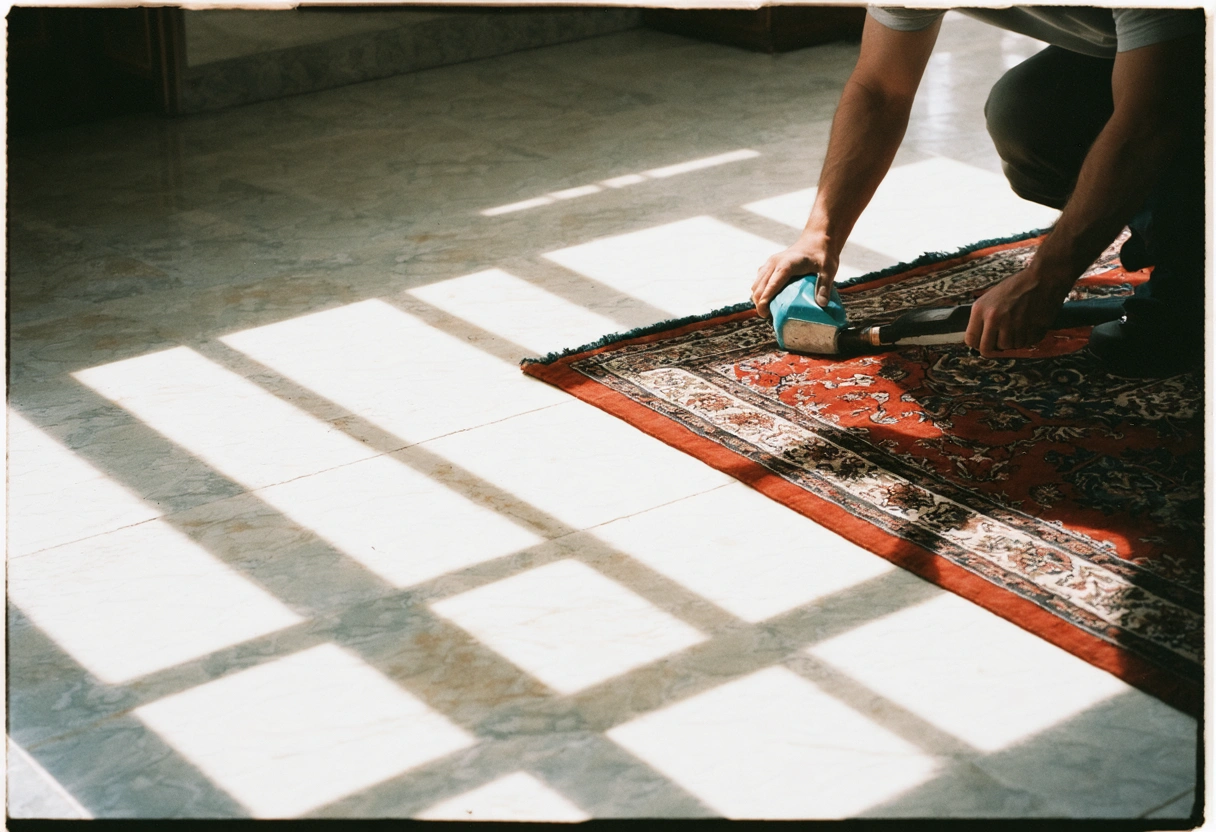
- Seal Regularly: Apply an appropriate sealant to prevent staining and moisture penetration.
- Clean with Care: Use pH-neutral cleaners specifically designed for stone to avoid etching or dullness.
- Protect from Heavy Impact: Use area rugs and furniture pads to prevent chips or cracks from dropped objects.
For a detailed look at caring for stone flooring, visit this expert guide to stone floor maintenance.
Bamboo and Cork Flooring: Eco-Friendly Options with Moderate Lifespan
Bamboo and cork flooring have gained traction as sustainable, eco-friendly alternatives to traditional hardwood. Bamboo, technically a grass, is known for its rapid renewability and hardness comparable to oak or maple. Depending on the manufacturing process and quality, bamboo flooring can last 15 to 30 years. Strand-woven bamboo, which is denser and more durable, generally offers the longest lifespan.
Cork flooring, made from the bark of the cork oak tree, provides a cushioned, resilient surface with excellent thermal and acoustic properties. With good care, cork floors can last 10 to 25 years. Both bamboo and cork are susceptible to moisture damage, so proper sealing and prompt spill cleanup are essential.
Best Practices for Bamboo and Cork Floors
- Control Moisture: Avoid excessive wet cleaning and ensure spills are wiped up quickly.
- Use Protective Pads: Place pads under furniture to prevent scratches and dents.
- Refinish as Needed: Some bamboo and cork floors can be lightly sanded and refinished to restore their appearance.
Factors Influencing Flooring Lifespan
While material type is the primary determinant of flooring longevity, several other factors can significantly influence how long your floors last:
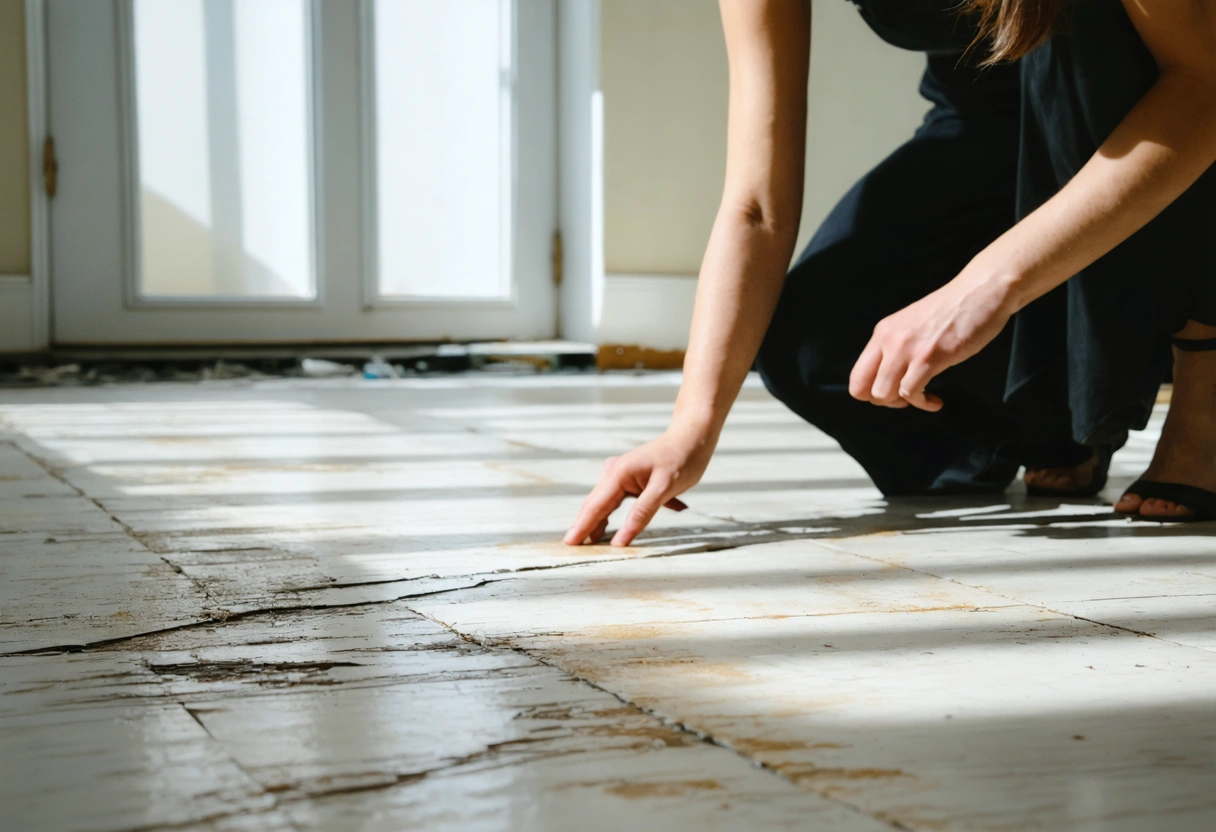
- Installation Quality: Professional, precise installation reduces the risk of premature wear, buckling, or uneven surfaces.
- Subfloor Preparation: A properly prepared, level subfloor is essential for optimal performance and durability.
- Foot Traffic: High-traffic areas, such as entryways and hallways, typically show wear sooner than less-used spaces.
- Exposure to Moisture: Bathrooms, kitchens, and basements present unique challenges that can reduce the lifespan of susceptible flooring types.
- Sunlight and Temperature: Direct sunlight can fade some materials, while temperature fluctuations may cause expansion and contraction.
Understanding these variables helps you select the right flooring for each area of your property and plan effective maintenance strategies.
Recognizing When to Replace Your Floors
Even the best-maintained floors will eventually need replacement. Knowing the signs of wear can help you plan for timely upgrades, avoiding safety issues or costly repairs. Some common indicators include:
- Visible Damage: Cracks, chips, warping, or large stains that can’t be repaired.
- Persistent Odors: Lingering smells from spills, pets, or mold, especially in carpet or porous materials.
- Uneven Surfaces: Buckling, sagging, or squeaking that indicates subfloor or structural problems.
- Outdated Appearance: Dated colors or patterns that detract from your property’s appeal.
Proactive replacement not only enhances the look and function of your space but can also improve indoor air quality and property value.
Making Smart Flooring Choices for Lasting Value
The lifespan of your flooring is a vital consideration for any property owner. By understanding the unique characteristics, maintenance needs, and durability of each flooring type, you can make informed choices that stand the test of time. From the enduring elegance of hardwood and stone to the practicality of vinyl and laminate, each material offers distinct advantages and challenges.
Regular maintenance, quality installation, and proper care are key to maximizing the life of your floors. Whether you’re renovating a single room or managing multiple properties, investing in the right flooring pays dividends in comfort, beauty, and long-term value. If you’re interested in comparing options or learning more about sustainable flooring choices, explore this EPA guide to safer flooring products.
Ultimately, understanding the expected lifespan and care requirements of each flooring material empowers you to protect your investment and enjoy a stunning, durable surface for years to come. Take the time to research, consult professionals, and consider your property’s unique needs to ensure the best possible outcome for your floors.
Need help with Understanding the Lifespan of Different Types of Flooring: What Property Owners Should Know?

